Nephthytis afzelii
Schott 1857
This species is native to the equatorial western Africa.
2004
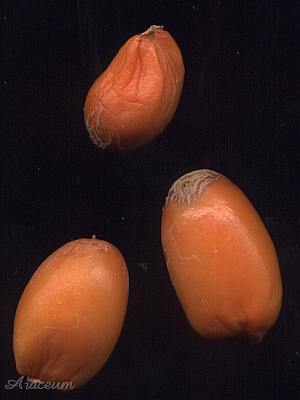 |  |
The biggest one was 2.2 cm long. | |
 |  |
2007
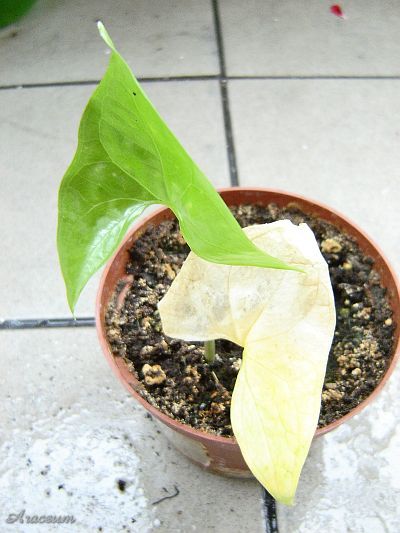 |  |
This was the third year of cultivation, photos taken in July 2007. |
|
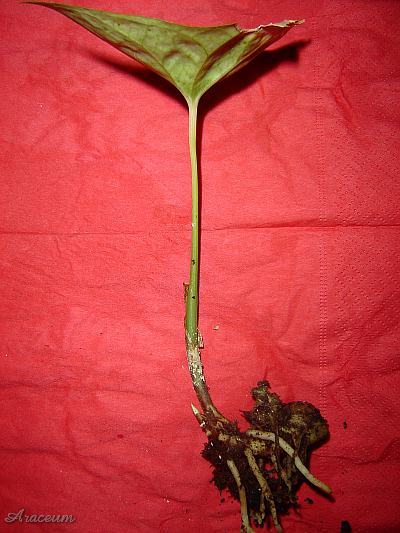 |  |
It is closely related to Anchomanes, though it is rhizomatous not tuberous, the roots are very thick. | |
 | 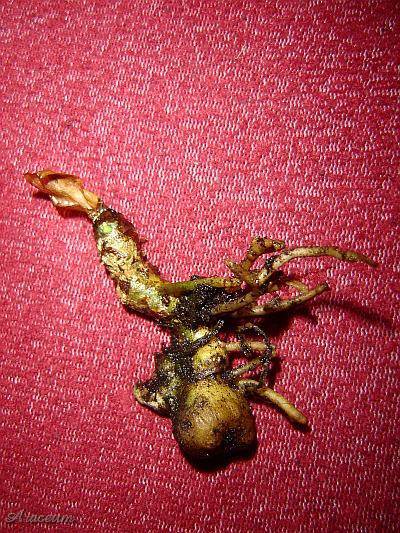 |
 | 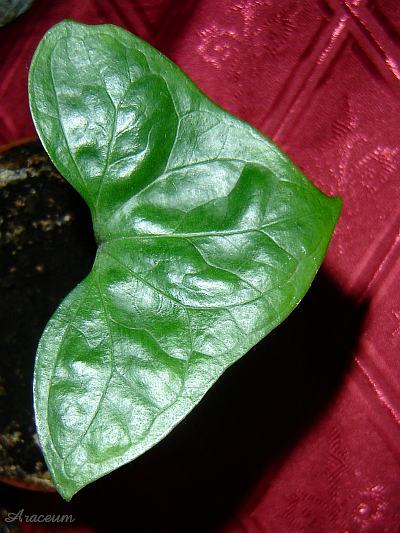 |
2010
 | 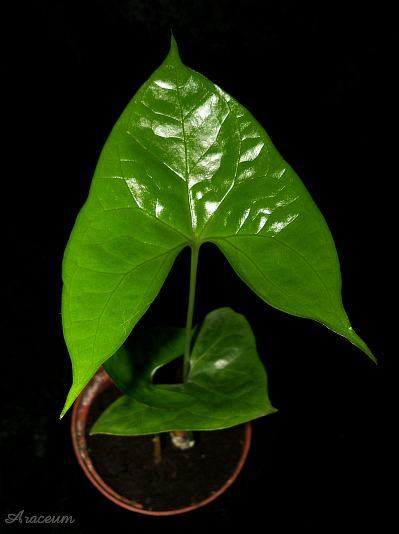 |
 | 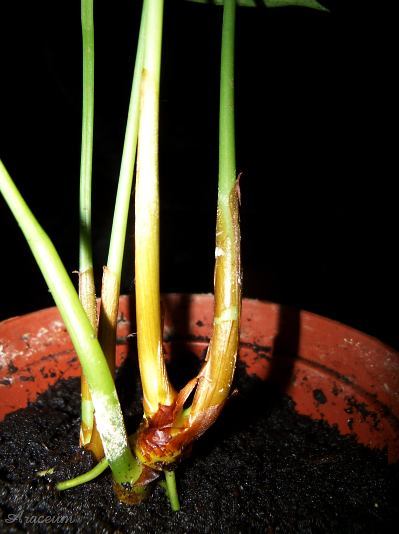 |
every new leaf was larger than the previous one. | |
2011
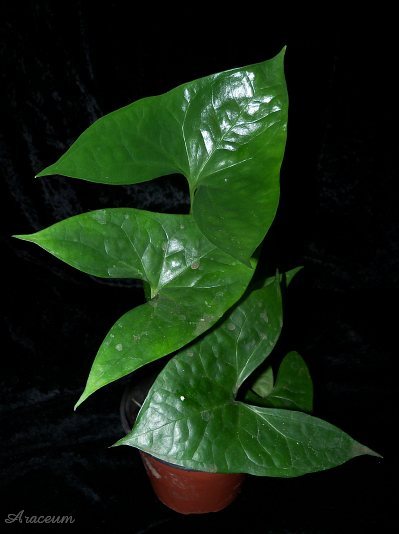 |  |
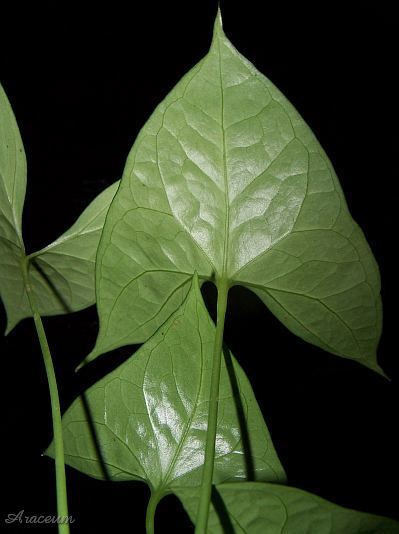 |  |
 | |
The plant grew healthy losing no more leaves. | |
2012
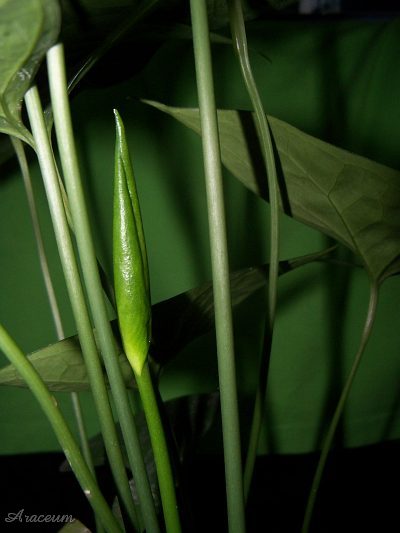 |  |
 |  |
 | 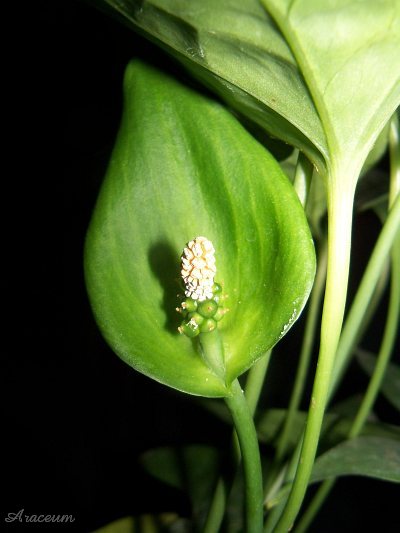 |
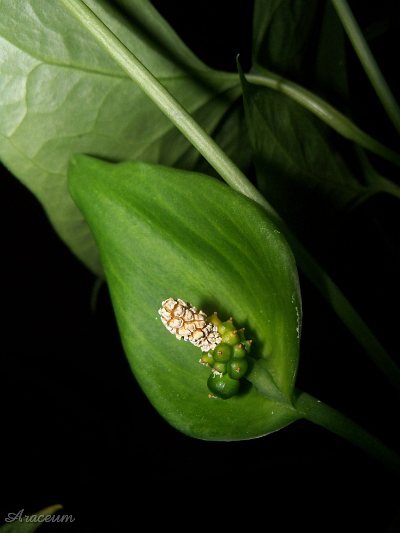 | 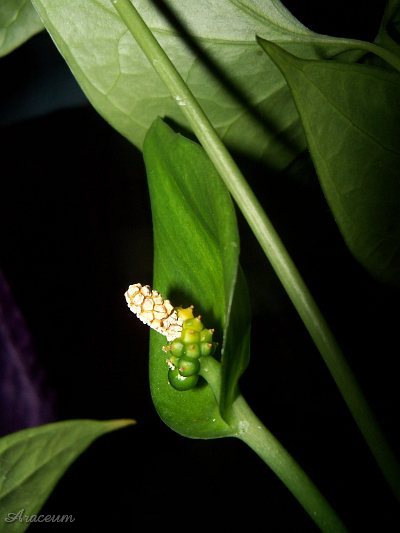 |
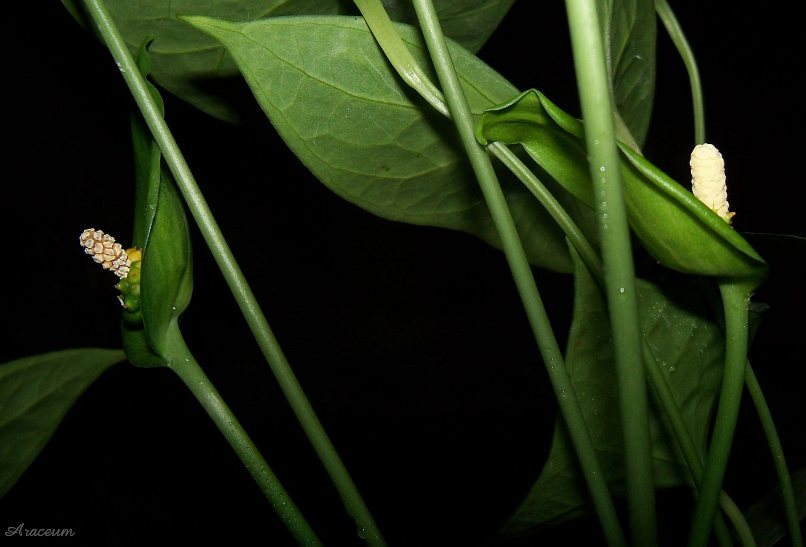 | |
2013
 |  |
 |  |
Two months later the spadix became yellow and the whole construction withered. | |
 | |
 | |
 |  |
 |  |
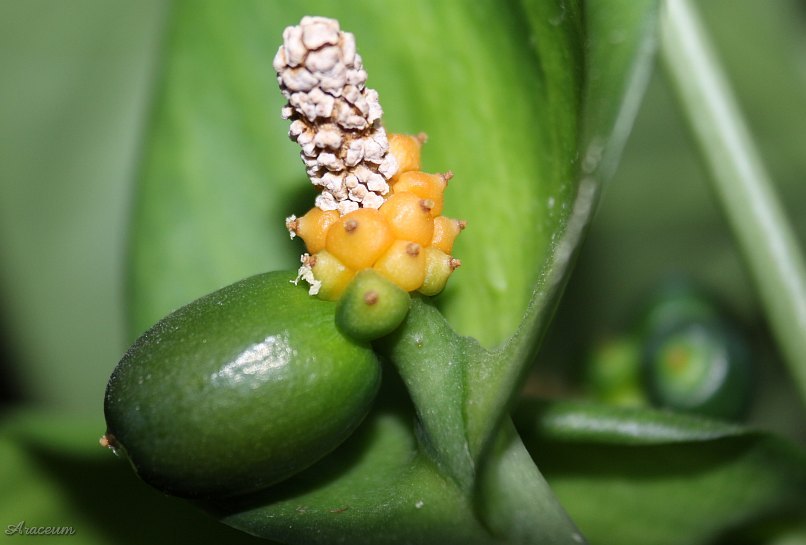 | |
 | 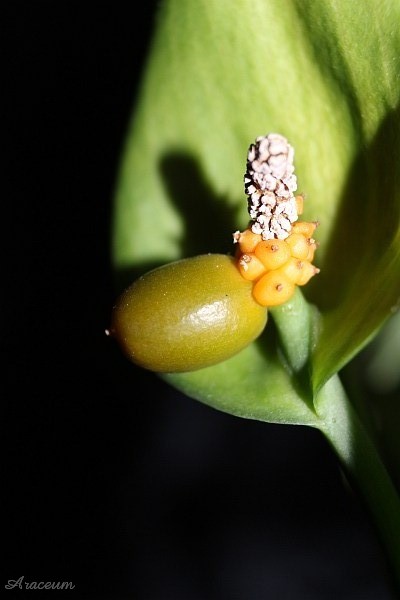 |
 | 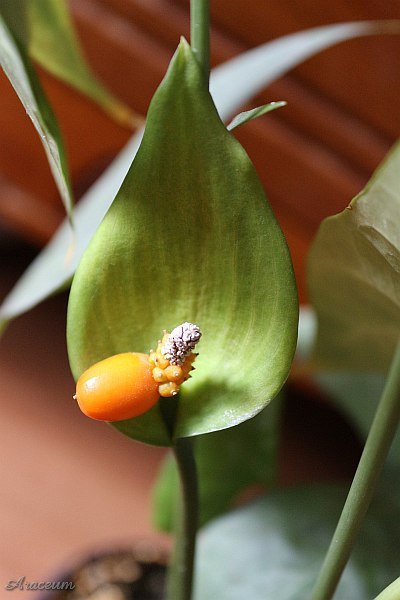 |
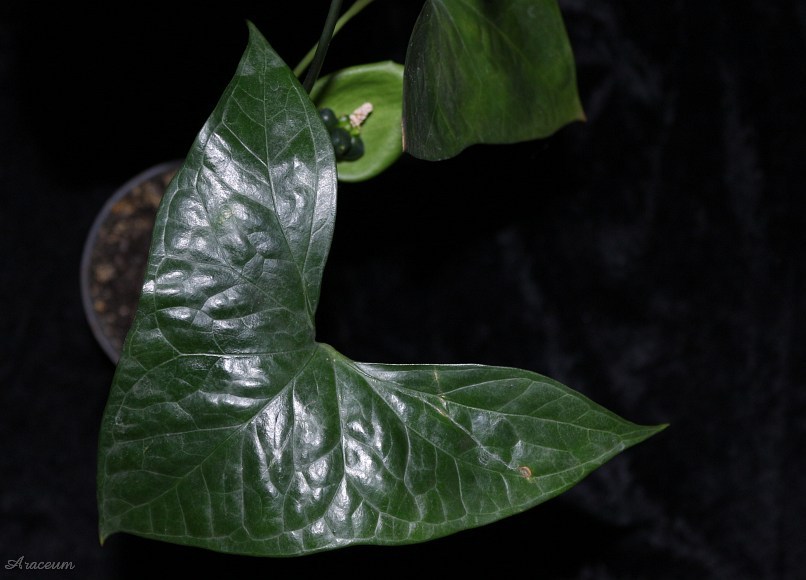 | |
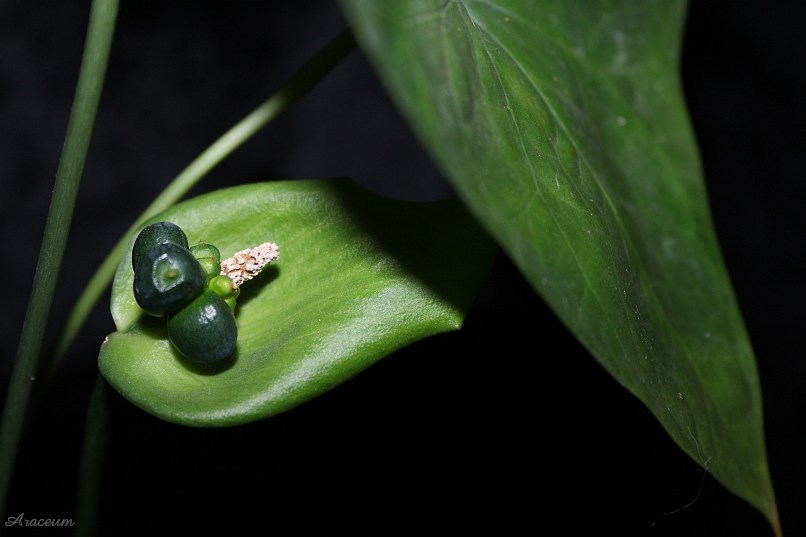 | |
 | |
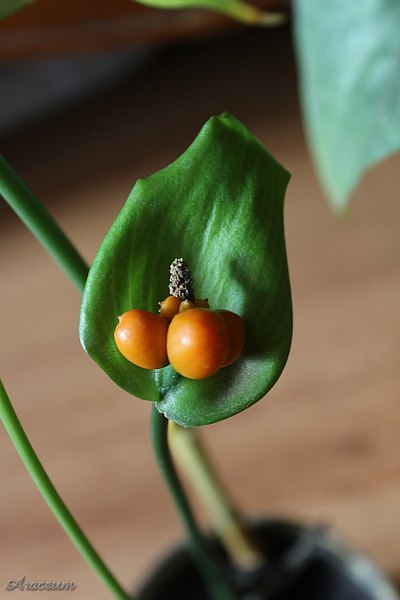 | 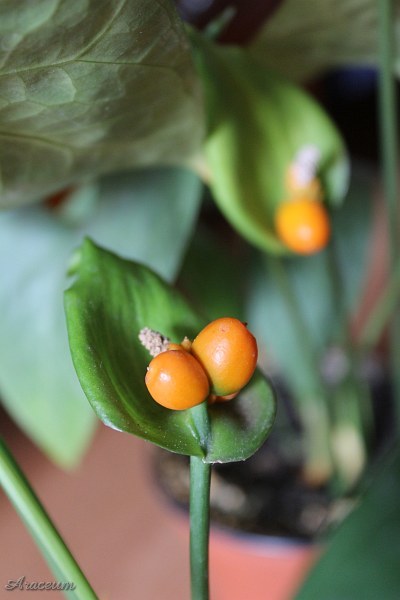 |
 |
|
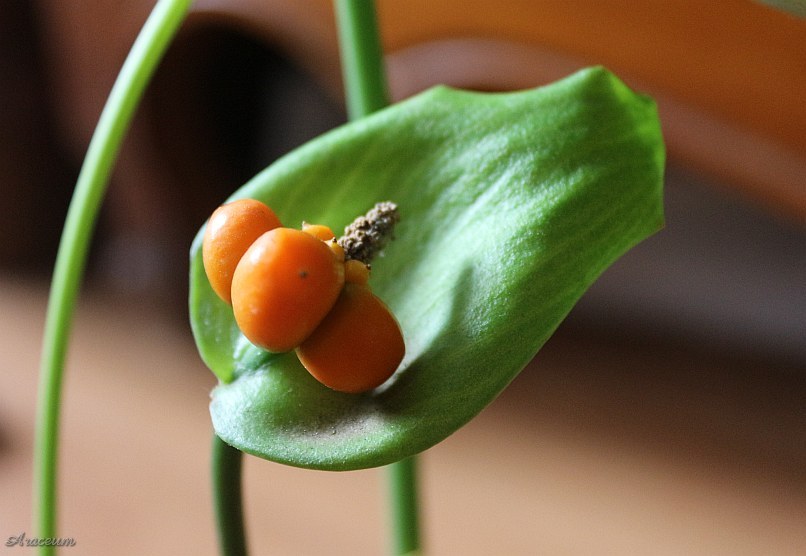 | |
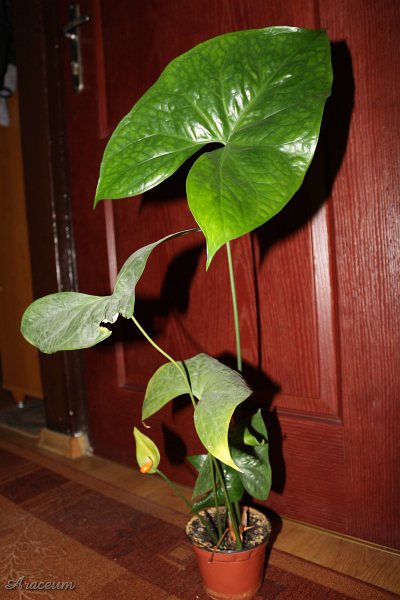 | 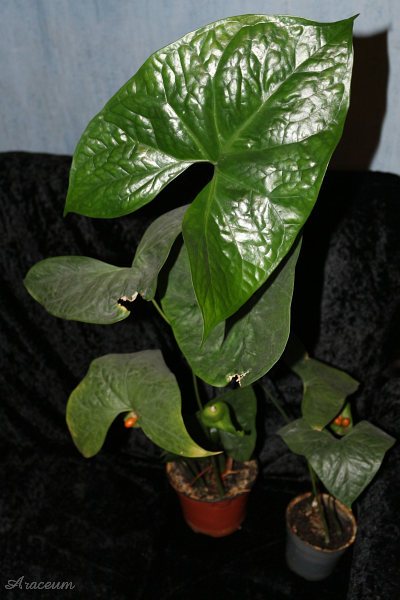 |
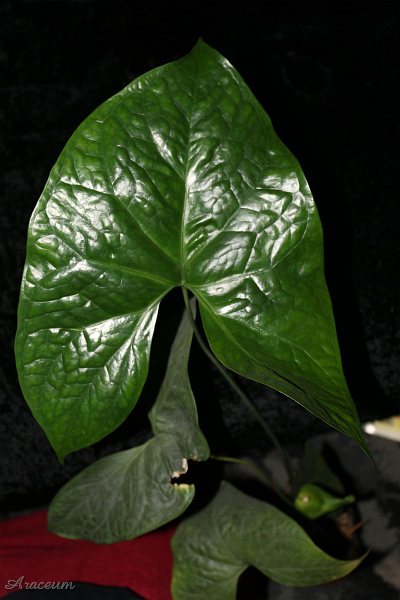 | 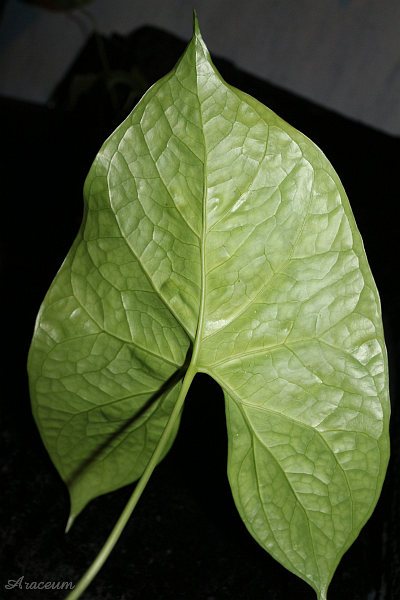 |
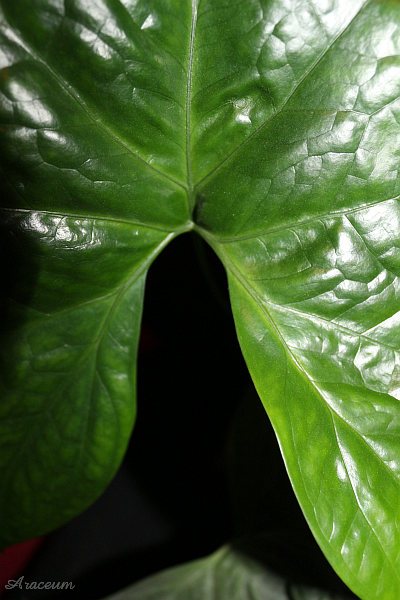 | 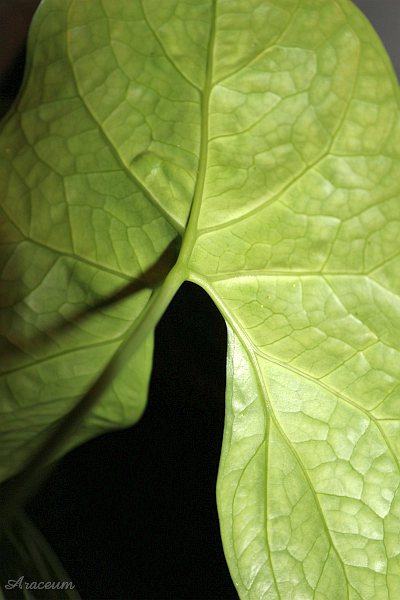 |
page created on 2004-05-17
last updated on 2013-12-11
last updated on 2013-12-11